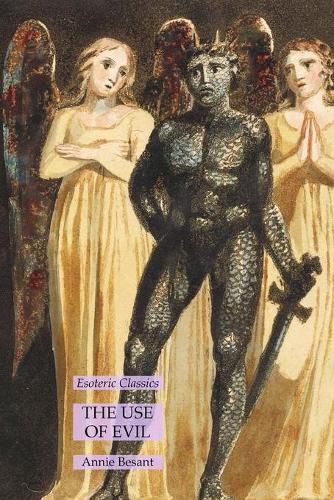Readings Newsletter
Become a Readings Member to make your shopping experience even easier.
Sign in or sign up for free!
You’re not far away from qualifying for FREE standard shipping within Australia
You’ve qualified for FREE standard shipping within Australia
The cart is loading…






This title is printed to order. This book may have been self-published. If so, we cannot guarantee the quality of the content. In the main most books will have gone through the editing process however some may not. We therefore suggest that you be aware of this before ordering this book. If in doubt check either the author or publisher’s details as we are unable to accept any returns unless they are faulty. Please contact us if you have any questions.
Annie Besant was a writer, lecturer, prominent Theosophist and women’s rights activist of her time. She was a frequent contributor to various Theosophical publications of her day. This particular piece dates to 1910, and she takes a philosophical examination of the mysteries of evil, as she puts it. She explains that there is a necessity for evil to exist, that it serves certain purposes, which she goes into detail about. She breaks evil into four categories: the origin of evil, the relativity of evil, the use of evil and the ending of evil.
$9.00 standard shipping within Australia
FREE standard shipping within Australia for orders over $100.00
Express & International shipping calculated at checkout
This title is printed to order. This book may have been self-published. If so, we cannot guarantee the quality of the content. In the main most books will have gone through the editing process however some may not. We therefore suggest that you be aware of this before ordering this book. If in doubt check either the author or publisher’s details as we are unable to accept any returns unless they are faulty. Please contact us if you have any questions.
Annie Besant was a writer, lecturer, prominent Theosophist and women’s rights activist of her time. She was a frequent contributor to various Theosophical publications of her day. This particular piece dates to 1910, and she takes a philosophical examination of the mysteries of evil, as she puts it. She explains that there is a necessity for evil to exist, that it serves certain purposes, which she goes into detail about. She breaks evil into four categories: the origin of evil, the relativity of evil, the use of evil and the ending of evil.